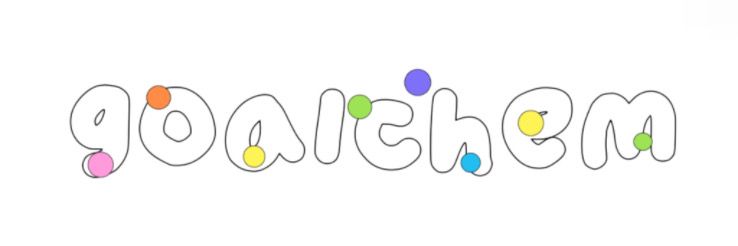Understanding Semiconductor Etching: Techniques and Applications Explained
In the fast-paced world of technology, understanding the processes behind semiconductor fabrication is crucial. One such integral process is semiconductor etching, which plays a pivotal role in defining and creating intricate patterns on semiconductor materials. As we delve into this subject, it's essential to recognize how semiconductor etching contributes to the overall functionality and performance of electronic devices that we rely on daily.
For more Semiconductor Etchinginformation, please contact us. We will provide professional answers.
Semiconductor etching refers to the technique of selectively removing material from a semiconductor substrate to create specific features such as circuits and transistors. This process can significantly influence the efficiency and reliability of electronic components. In today’s market, where devices are becoming smaller and more powerful, a solid grasp of etching processes is not just beneficial—it is vital for anyone involved in semiconductor manufacturing or research.
There are two primary techniques used in semiconductor etching: wet etching and dry etching. Wet etching involves the use of liquid chemicals to remove layers from the semiconductor surface. This method is generally simpler and less costly, making it a good option for applications that do not require extreme precision. However, you should ensure you are aware of the limitations in resolution and control when relying on wet etching.
On the other hand, dry etching encompasses various techniques, including reactive ion etching (RIE) and plasma etching. These methods utilize gases or plasmas to etch the material and allow for greater precision and control over the etching process. This increased accuracy is vital in the production of small-scale components used in modern technology, where even minor deviations can lead to significant performance issues. You can consider this approach if your applications demand high resolution and fine details.
For anyone looking to implement semiconductor etching effectively, it's essential to take into account several factors. First, you should assess the specific materials you are working with, as different semiconductors (like silicon, gallium arsenide, or indium phosphide) may respond uniquely to the etching processes. Ensuring that you select appropriate chemistries or processes for your target material will directly influence your outcomes.
Moreover, pay attention to process parameters such as temperature, pressure, and gas flow rates. These variables can dramatically affect etching rates and selectivity. It's wise to experiment and fine-tune these conditions until you achieve the desired results. A good practice would be to document your findings through each trial to build a comprehensive understanding of the etching process tailored to your specific needs.
Bringing personal insight into the equation, I believe that creating a collaborative environment where engineers and technicians can discuss and share their experiences in semiconductor etching encourages innovation. Encouraging teamwork can lead to improved techniques and solutions that benefit everyone involved.
To summarize, semiconductor etching is a fundamental process that shapes the functionality of modern electronic devices. As you navigate this technical landscape, consider experimenting with both wet and dry etching methods while remaining mindful of the specific materials and process parameters pertinent to your work. By fostering collaborative dialogue and sharing insights, you can enhance your expertise in semiconductor etching, thus directly contributing to the evolution of technology. It’s crucial to appreciate the significance of this process—not just as a technical procedure but as a cornerstone of innovation in the semiconductor industry.

